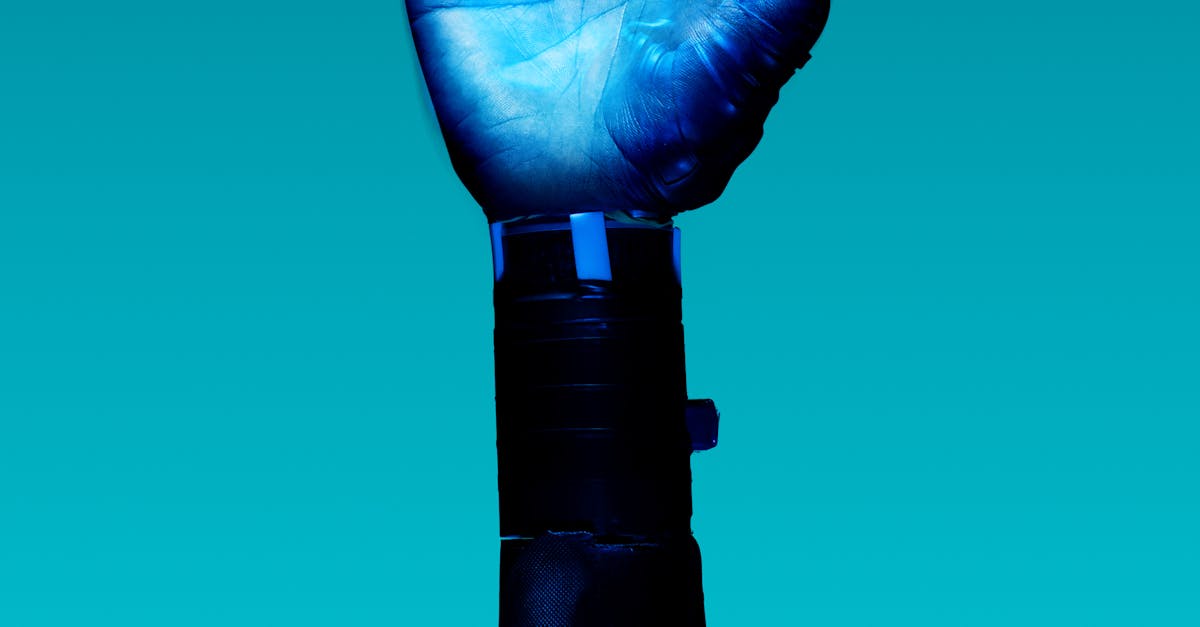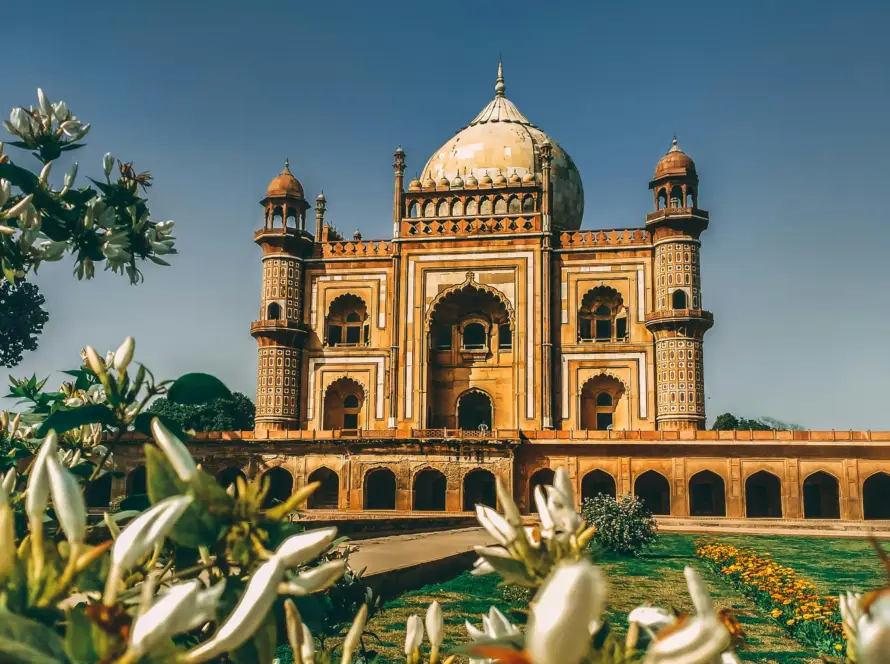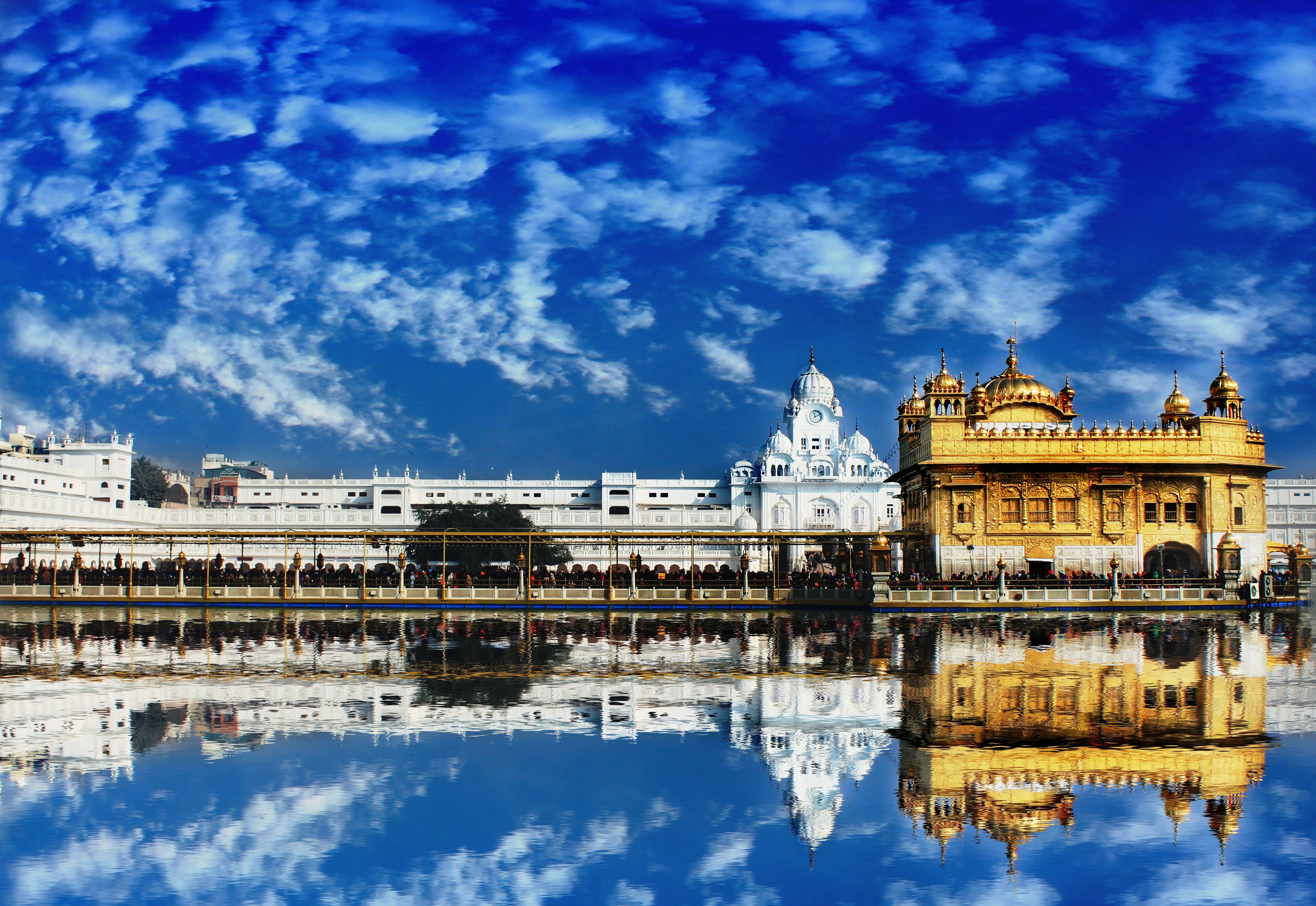Generated by Contentify AI
- Introduction
- The History of Gender Inequality in India
- Key Figures in the Indian Gender Equality Movement
- Current Challenges and Obstacles
- The Role of Media and Technology in Advancing Gender Equality
- Intersectionality in Gender Equality Movements
- Achievements and Success Stories
- Future Outlook and Potential Strategies
- The Importance of Continued Advocacy and Support
- Building Solidarity and Collaboration in the Movement
- Conclusion

Introduction
Gender equality movements in modern India have been instrumental in challenging societal norms and advocating for the rights of women. These movements have roots in a long history of gender inequality in the country, with key figures playing a crucial role in driving change. Despite significant progress, current challenges and obstacles persist, highlighting the importance of continued advocacy and support. Media and technology have emerged as powerful tools in advancing gender equality, while the intersectionality of gender equality movements underscores the need for solidarity and collaboration. Achievements and success stories serve as beacons of hope, shaping a positive future outlook and potential strategies for further progress in the movement.
The History of Gender Inequality in India
Gender inequality in India has deep historical roots, manifesting in various aspects of society such as education, employment, and political representation. Traditionally, Indian society has been patriarchal, with women facing discrimination and limited opportunities compared to men. Despite legal reforms and constitutional provisions for gender equality, the reality on the ground has been slow to change. The history of gender inequality in India underscores the importance of ongoing efforts by activists and advocates to challenge discriminatory norms and push for a more inclusive and equitable society.
Get Secure IT Solutions Services
Shakti Web Solutions is your one-stop destination for top-notch Website Design & Website Development solutions. We help you go digital and unlock your business potential.
Key Figures in the Indian Gender Equality Movement
Key Figures in the Indian Gender Equality Movement
Throughout the history of gender equality movements in modern India, several key figures have emerged as trailblazers in advocating for women’s rights and gender equality. Prominent activists such as Kamaladevi Chattopadhyay, who fought for women’s education and economic empowerment, and Raja Ram Mohan Roy, a social reformer who campaigned against practices like sati and child marriage, have left a lasting impact on the movement. More contemporary figures like Kiran Bedi, India’s first female police officer, and Arundhati Roy, a renowned author and activist, continue to inspire change and push for greater gender equality in the country. These key figures have played a significant role in shaping the discourse around gender equality in India and have paved the way for future generations of activists to continue the fight for a more inclusive and equitable society.
Related articles
Current Challenges and Obstacles
Current Challenges and Obstacles
Despite significant progress, Gender Equality Movements in Modern India continue to face various challenges and obstacles. Deep-rooted societal norms and cultural practices often perpetuate gender inequality, hindering the advancement of women’s rights. Issues such as gender-based violence, unequal access to education and healthcare, and limited representation in leadership positions persist, posing significant challenges to the movement. Additionally, economic disparities, lack of implementation of existing laws, and resistance to change from traditionalist factions further complicate efforts towards achieving gender equality. Overcoming these challenges requires a multi-faceted approach that addresses structural inequalities, empowers women economically and socially, and fosters a culture of inclusivity and respect. Despite these obstacles, the resilience and determination of activists and advocates continue to drive progress towards a more equal and just society for all genders.
The Role of Media and Technology in Advancing Gender Equality
Media and technology play a crucial role in advancing gender equality by amplifying voices, raising awareness, and challenging stereotypes. In the context of modern India, these tools have been instrumental in shaping public discourse and driving social change. Through online campaigns, social media movements, and digital platforms, activists and organizations have been able to reach wider audiences and mobilize support for gender equality initiatives. Technology has also facilitated access to information and resources, empowering women and girls to advocate for their rights and access opportunities. Additionally, the media serves as a powerful tool for highlighting gender issues, showcasing diverse perspectives, and holding stakeholders accountable. By leveraging the potential of media and technology, Gender Equality Movements in Modern India can continue to make strides towards a more equitable and inclusive society.
Intersectionality in Gender Equality Movements
Intersectionality plays a crucial role in gender equality movements in modern India by recognizing that individuals experience multiple forms of discrimination based on intersecting identities such as gender, caste, class, religion, and ethnicity. This nuanced approach acknowledges that the challenges faced by women are often compounded by other factors, emphasizing the need for inclusive and intersectional solutions. By adopting an intersectional lens, activists and advocates can address the complex and interconnected nature of oppression, ensuring that the voices of marginalized communities are heard and their specific needs are met. Intersectionality in gender equality movements fosters a more holistic understanding of social justice issues and promotes solidarity among diverse groups, ultimately leading to more effective and sustainable efforts towards creating a truly equal and inclusive society in India.
Achievements and Success Stories
Achievements and Success Stories in the realm of gender equality in modern India serve as beacons of progress and inspiration. From landmark legal reforms such as the Criminal Law (Amendment) Act of 2013, which strengthened laws against sexual violence, to initiatives like the Beti Bachao, Beti Padhao (Save Daughters, Educate Daughters) campaign aimed at promoting the education and welfare of girls, Gender Equality Movements in Modern India have made significant strides. Success stories abound, such as the increased participation of women in politics and leadership roles, exemplified by figures like Indira Gandhi, the first female Prime Minister of India. Moreover, grassroots movements and community-driven initiatives have brought about tangible improvements in areas like healthcare access and economic empowerment for women across the country. These achievements underscore the resilience and determination of individuals and organizations dedicated to advancing gender equality in India, paving the way for a more equitable and inclusive society for all.
Future Outlook and Potential Strategies
Future Outlook and Potential Strategies
Looking ahead, the future of gender equality movements in modern India appears promising yet challenging. To sustain and enhance the progress made, it is essential to strategize effectively and adapt to evolving societal dynamics. Emphasizing comprehensive education and awareness programs to combat deep-rooted biases and stereotypes is crucial. Encouraging active participation and leadership opportunities for women in various sectors can help shatter glass ceilings and promote inclusivity. Strengthening support systems and resources for survivors of gender-based violence is imperative for creating a safer environment. Collaboration with policymakers and stakeholders to implement and enforce gender-sensitive policies will be instrumental in fostering lasting change. Leveraging the power of technology and media platforms to amplify voices and advocate for gender equality is a strategy that continues to hold immense potential. By prioritizing intersectional approaches that consider diverse identities and experiences, gender equality movements can become more inclusive and effective. Ultimately, by collectively fostering a culture of respect, empowerment, and equality, Gender Equality Movements in Modern India can forge a path towards a more equitable and just society for all individuals.
The Importance of Continued Advocacy and Support
Continued advocacy and support are the lifeblood of the ongoing push for gender equality in modern India. These movements have made significant progress, but challenges persist, necessitating sustained efforts. Through the strategic use of media and technology, activists can amplify their messages and reach broader audiences, sparking crucial conversations and fostering change. Embracing intersectionality within the movement is essential, as it acknowledges the multifaceted nature of discrimination faced by individuals. By highlighting achievements and success stories, advocates can inspire others and showcase the tangible impact of their work. Looking forward, it is imperative to maintain momentum by devising innovative strategies, fostering collaboration, and building solidarity across diverse communities. The importance of continued advocacy and support cannot be overstated in the journey towards a more equitable and inclusive society in India.
Building Solidarity and Collaboration in the Movement
Building solidarity and collaboration within the gender equality movement in modern India is paramount to driving lasting change and advancing the cause of gender equality. By fostering a sense of unity and mutual support among diverse individuals and groups, advocates can amplify their impact and work towards common goals more effectively. Collaboration allows for the pooling of resources, expertise, and experiences, leading to innovative solutions and strategies that address the complex challenges faced in promoting gender equality. Solidarity, on the other hand, cultivates empathy, understanding, and shared purpose, creating a strong foundation for collective action and advocacy. Through partnerships with like-minded organizations, community engagement initiatives, and inclusive platforms for dialogue and exchange, the gender equality movement in modern India can build bridges, break down barriers, and create a more inclusive and equitable society for all.
Conclusion
Achieving progress in the realm of gender equality in modern India hinges on the ability to cultivate solidarity and foster collaboration within the movement. By nurturing a sense of unity and mutual support among diverse stakeholders and advocates, the groundwork is laid for driving sustainable change and advancing the cause of gender equality. Through strategic partnerships, shared resources, and collaborative initiatives, individuals and organizations can amplify their impact and collectively work towards common objectives more effectively. Embracing a spirit of solidarity promotes empathy, understanding, and a shared commitment to dismantling barriers and addressing the multifaceted challenges that hinder gender equality progress. By building bridges, fostering inclusive dialogue, and creating platforms for meaningful engagement, the gender equality movement in modern India can forge a path towards a more inclusive and equitable society for all individuals, transcending boundaries and catalyzing lasting change.






